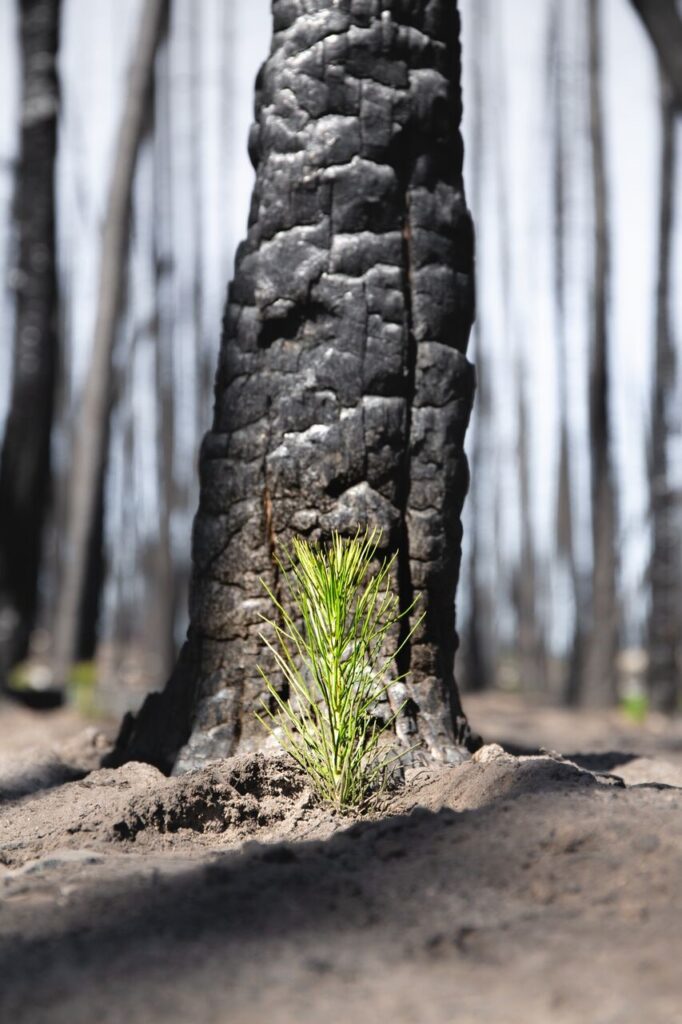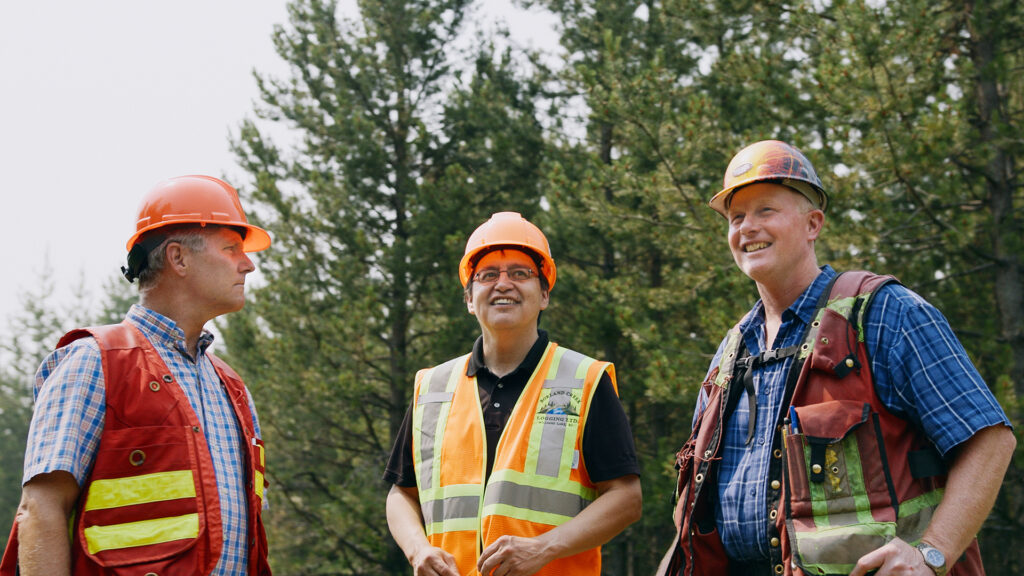British Columbia: The Forest Enhancement Society of BC (FESBC), together with the Office of the Chief Forester, the BC Ministry of Forests, and many project partners across the province of British Columbia, has released an accomplishments update highlighting the innovative nature-based forestry solutions taking real action on climate change.
“The Forest Enhancement Society of BC supports First Nations, community forests, rural communities, and many others who take on projects to contribute to the Province’s key commitments to strengthen forest health and ecosystems, while creating good jobs in communities across the province,” said Bruce Ralston, Minister of Forests. “FESBC, along with their project partners, are making significant progress to enhance forest resiliency to wildfire and climate change for the lasting benefit of British Columbians. We are building on this foundation through a new investment of $50 million so FESBC can deliver projects that get fibre to pulp and value-added mills, while also reducing emissions and safeguarding communities from wildfire.”

The accomplishments update titled “Rising to the Climate Change Challenge,” shares details about the collaboration of provincial, national, and international partners to harness the power of forestry as a part of the global solution.
“We are fortunate in British Columbia to have people with skills, expertise and world-class forest management experience turning their full attention to addressing the challenges of climate change,” noted Shane Berg, RPF, Chief Forester. “Recognizing the urgency, and embracing a leadership role, over the past year the Province of BC has invested in growing internal expertise and capacity and putting climatic ecosystem data into the hands of forest practitioners and managers. Our team is constantly promoting innovative solutions and supporting new partnerships to ensure that BC’s forests are healthy and resilient.”
Since inception, FESBC has approved $261 million in funding for 305 projects through all eight regions of the province.
Photo credit: Forest Enhancement Society of BC
“Forests are recognized by BC, Canada, and the United Nations as an important part of the climate change solution,” noted Steve Kozuki, RPF, Executive Director FESBC. “Healthy trees and ecosystems absorb greenhouse gases, provide cooling shade, provide habitat, mitigate flood risk, and in some cases can be a source of climatically-beneficial bioenergy. This work to take action against climate change is a big job, but we can be optimistic because there are creative and talented people throughout BC working together to take meaningful action.”
In the Coastal region, approximately 11,000 hectares of second-growth forests were aerially fertilized. The coastal forests are productive, and 10 years after treatment, up to 55 tonnes CO2e can be sequestered, which is equivalent to 6,690,346 smartphones charged for one year*).
On Northern Vancouver Island, investments to transport low-value fibre to a chipping facility created a measurable greenhouse gas benefit and addressed a feedstock scarcity issue for coastal pulp mills.
In BC’s Interior region, approximately 54 million trees were planted in burned forests. Planting these forests accelerated the time in which they would regenerate, sequestering more carbon over the next 30 years than if they were left to naturally regenerate.
In the Northern region, silviculture workers planted Whitebark pine, an endangered species of tree that were grown from FESBC-funded cone collection projects, plus projects to utilize fibre that would have normally been burned in slash piles were delivered to local secondary manufacturing facilities.
In the South Okanagan region, Spruce and Lodgepole pine were planted, providing the new plantation with long-lasting protection while also maximizing future carbon sequestration benefits.
With funding assistance from FESBC, small mills such as Seaton Forest Products managed to make use of low-value fibre that was isolated and costly to ship. Forest carbon modellers from the Office of Chief Forester developed tools to help quantify the benefit of all this work being carried out on the land, explaining in simple terms how the atmosphere benefits from it over time. The models tell us the efforts of Seaton Forest Products to ship a single logging truck full of low value wood, rather than burning it, saved 41 tonnes CO2e from entering the atmosphere – equivalent to taking nine cars off the road for an entire year.
Throughout the province, 4.8 million cubic metres of wood has been put to efficient use in secondary forest products facilities instead of burning that wood in a cutblock. This is the equivalent to 96,000 logging truckloads of fibre, this achievement is meaningful in that significant greenhouse gas emissions were avoided and valuable rural jobs were created.
“There aren’t too many ways to remove the equivalent of 303,694 vehicles off the road for a year this efficiently, which is what 4.8 million cubic metres translates to,” remarked Kozuki. “By always being innovative and forward-thinking, we can utilize nature-based forestry solutions to benefit not only the environment, but we see those economic and social benefits as well.”
Read the Accomplishments Update: Rising to the Climate Change Challenge – Accomplishments Update.
*Calculation from the EPA Greenhouse Gas Equivalencies Calculator
FESBC would like to gratefully acknowledge the financial support of the Province of British Columbia through the Ministry of Forests.


